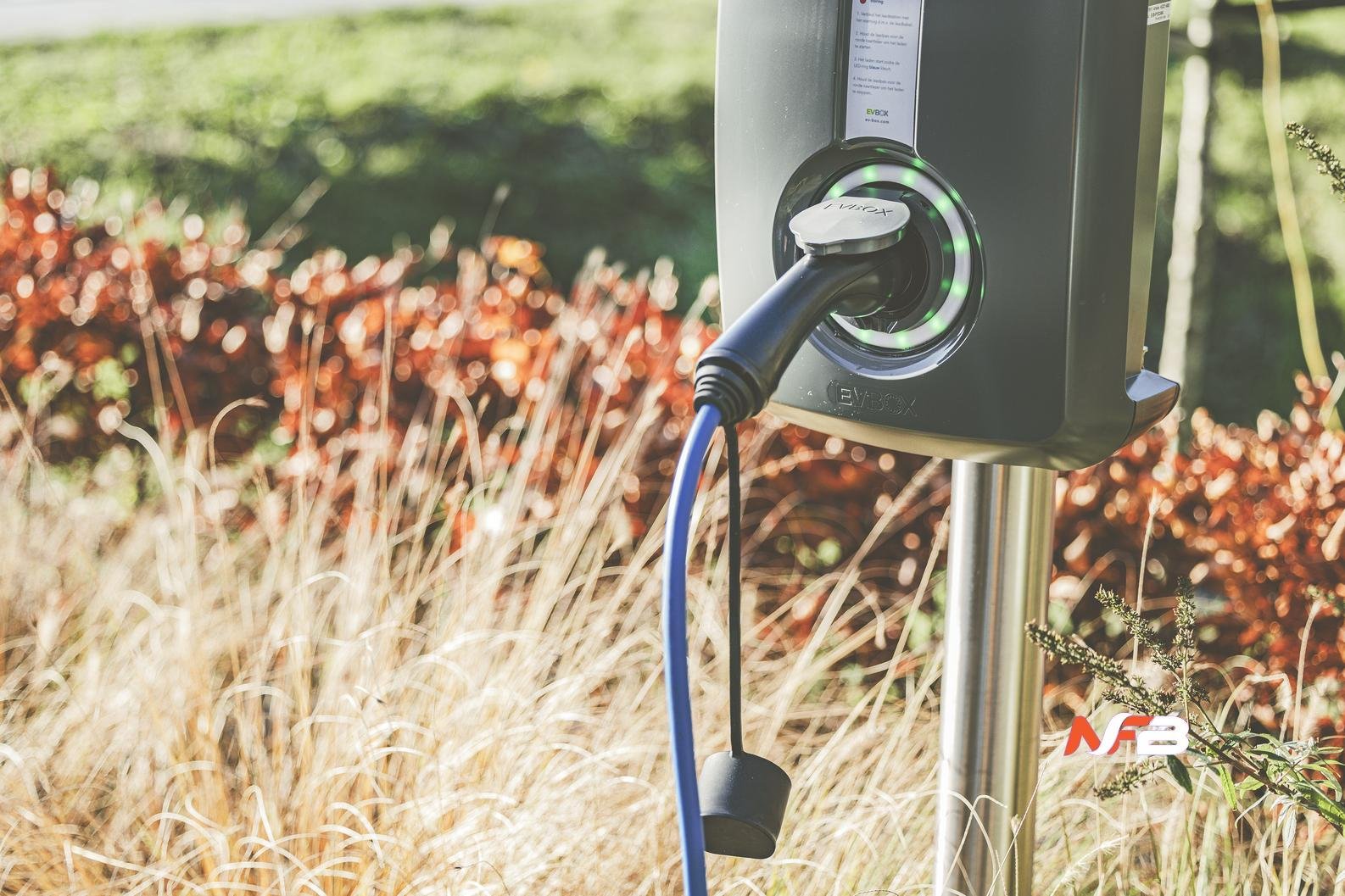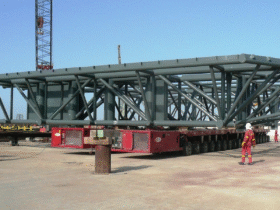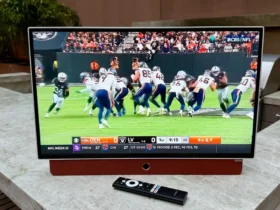Electric vehicles (EVs) are reshaping the future of transportation, offering cleaner alternatives to traditional petrol and diesel-powered cars. At the heart of this revolution lies the charging infrastructure—an essential aspect of EV ownership. However, amid discussions about batteries and charging stations, one critical component often overlooked is the EV charging cable.
Over time and with repeated use, EV charging cables can degrade, leading to reduced charging efficiency, slower charging speeds, and potential safety risks. How do these issues manifest in real-world scenarios? What factors impact the longevity and performance of these cables? In this blog, we’ll explore how charging cables perform after prolonged use, what causes degradation, and how it impacts EV maintenance.
What Causes Charging Cable Degradation?
EV charging cables are engineered to endure various stresses, from environmental exposure to daily wear and tear. However, their lifespan is not indefinite. Here’s what typically causes degradation:
Insulation Wear and Tear
The outer insulation of EV cables is designed to provide a robust barrier against environmental elements like rain, UV rays, and temperature fluctuations. Over time, this insulation can deteriorate, leading to cracks or breaches. When this happens, the cable becomes vulnerable to moisture intrusion, which can compromise its effectiveness and pose safety hazards.
Additionally, frequent coiling and uncoiling of cables—common during charging—places mechanical stress on the insulation, causing gradual wear and eventual thinning.
Connector Fatigue
The connectors at each end of the charging cable are critical for establishing a stable link between the vehicle and the power source. Repeated plugging and unplugging can lead to connector fatigue, resulting in issues like poor contact, loose connections, or even visible damage.
Connector fatigue often translates into intermittent charging or slower charging speeds, as the electrical connection becomes less reliable over time.
Exposure to Extremes
Harsh weather conditions—ranging from scorching heat to freezing cold—directly impact cable durability. Prolonged exposure to heat can weaken insulation materials, while cold weather can make them brittle and more susceptible to cracking. This cyclical exposure accelerates degradation, especially for cables used outdoors.
Lack of Maintenance
While EV charging cables are relatively low maintenance, neglecting routine care can hasten their decline. For example, failing to clean dirt or debris from connectors can impair their function, while not properly storing cables can lead to kinks or tangles that increase wear.
Real-World Impact on Charging Speed
One key consequence of charging cable degradation is the drop in charging speed. Let’s break this down further:
Thermal Management Challenges
During peak charging sessions, the EV charging cable has to handle a substantial amount of electrical current. Over time, degraded or poorly insulated cables struggle to manage the heat generated during fast charging. Heat build-up not only slows down the charging process but also poses a safety risk, especially if the cable becomes excessively hot.
For example, EV owners using brittle or older fast-charging cables often report lower power delivery rates on high-capacity chargers. This forces the onboard vehicle system to throttle charging speeds to avoid overheating, extending the duration of each charging session.
Connection Issues with Older Cables
Degraded connectors result in fluctuating current flow and increased resistance. Disrupted connections not only delay charging but can also damage the charging port of the vehicle itself over time. For instance, loose connections may cause arcing—sparks caused by inconsistent contact—which could lead to longer-term wear and possible fire hazards.
Compatibility Problems
With evolving EV models and charging protocols, older cables might not be fully compliant with newer vehicles or updated charging network technology. Compatibility mismatches can prevent optimum charging performance and render degraded cables even more inefficient.
Practical Data from EV Owners
To understand the extent of EV charging cable degradation, we analysed feedback from EV owners regarding their experiences with cable durability and maintenance. Here’s what they reported:
- Lifespan Insights: Most standard EV charging cables show noticeable performance drops after 2-3 years of frequent use. Fast-charging (DC) cables tend to wear out faster than slower (AC) charging alternatives, given their higher power throughput.
- Charging Speed Reduction: Users reported charging time extensions of up to 25% with older cables compared to when the cables were new.
- Thermal Issues: 40% of respondents highlighted heat-related concerns while using fast chargers with cables that had visible wear. “I switched to a new cable, and my fast-charging times dropped significantly,” shared one Tesla Model 3 owner.
- Insulation Wear: Approximately 30% of EV users noted visible signs of insulation cracking, especially at stress points near the connectors.
These insights highlight the importance of proactive cable maintenance and prompt replacements to ensure optimal charging efficiency.
Extending the Life of Charging Cables
While cable degradation is inevitable, steps can be taken to slow it down:
Proper Storage
Always store your charging cable in a dry, cool location. Investing in a dedicated cable bag or reel can protect it from unnecessary wear and tangles.
Regular Inspection
Take time to inspect the cable and connectors periodically for signs of wear, such as frayed insulation or bent pins. Catching issues early can prevent more severe damage.
Clean Connectors
Ensure the connectors are free of debris, dirt, or water before plugging them in. A quick wipe with a dry microfibre cloth can go a long way.
Avoid Excessive Flexing
When coiling or uncoiling the cable, avoid sharp bends or excessive twisting, as this can weaken the structure over time.
Use Cable Protection
Cable protectors or sleeves are available to shield the insulation and reduce wear from environmental exposure or mechanical stress.
Key Takeaways
EV charging cable degradation is a critical yet often overlooked factor that impacts charging performance and long-term vehicle maintenance. Damaged cables not only reduce charging speed but can also lead to safety concerns, from overheating to electrical arcing.














Leave a Reply